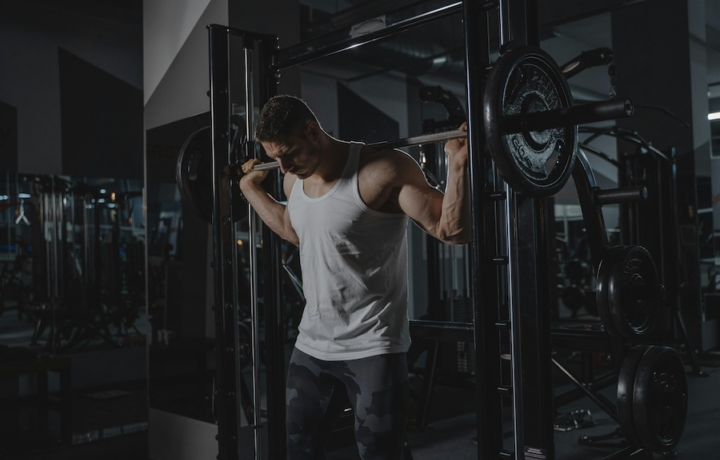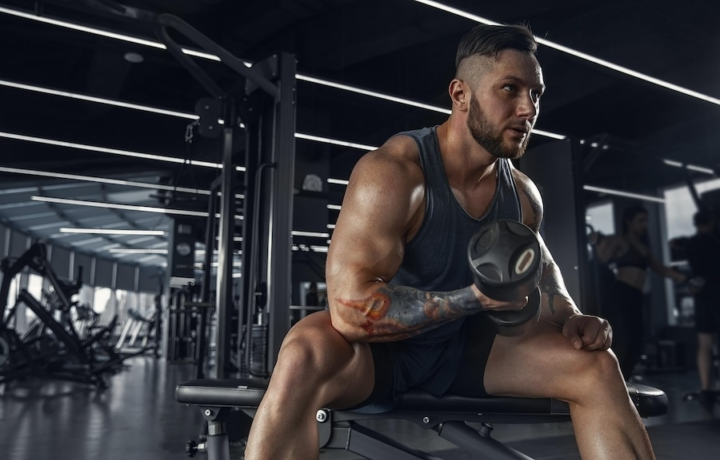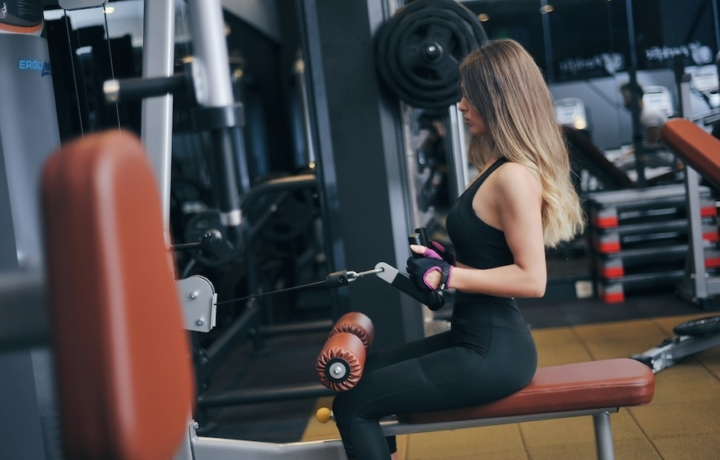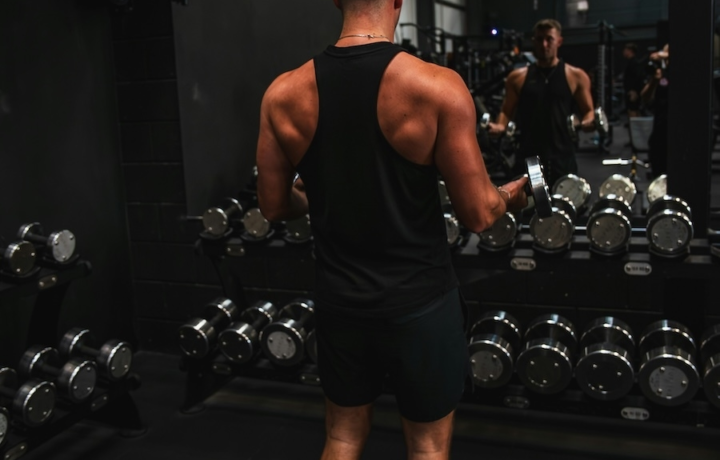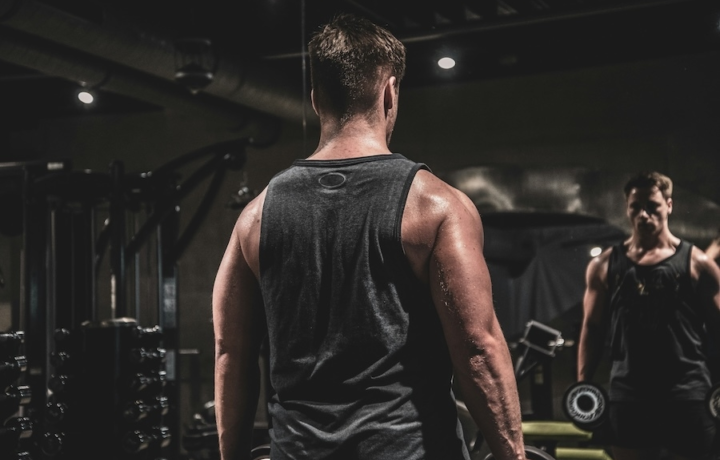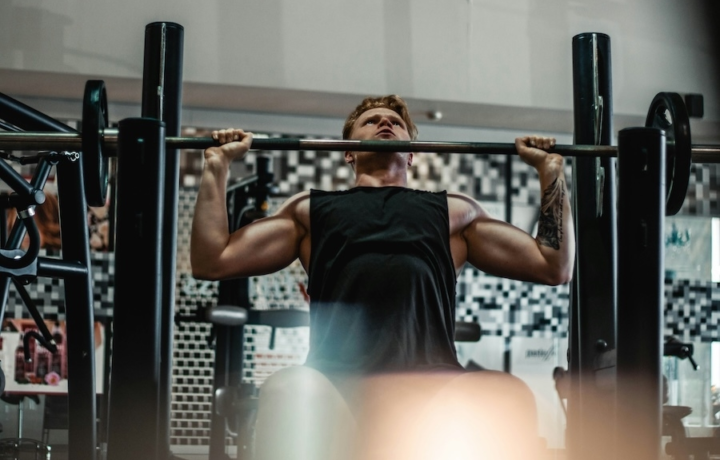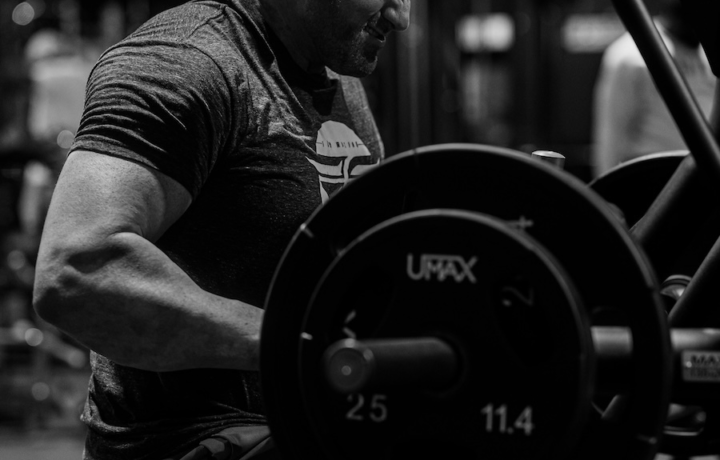Exercise
Barbell Curl

Barbell Curl
How to Perform
- Stand upright with your feet shoulder-width apart and grasp a barbell with an underhand grip (palms facing upward), hands positioned shoulder-width apart.
- Hold the barbell at arm's length against your thighs, keeping your back straight, shoulders pulled back, and core engaged.
- Keeping your upper arms stationary against your sides, exhale and curl the barbell up toward your shoulders by bending at the elbows.
- Continue the curling motion until the barbell reaches chest level and your biceps are fully contracted, maintaining tension in your core.
- Pause briefly at the top of the movement, squeezing your biceps while maintaining a neutral wrist position (avoid excessive flexion).
- Inhale as you slowly lower the barbell back to the starting position by extending your elbows in a controlled manner.
- Maintain your stable stance throughout the exercise, preventing your body from swinging or using momentum to assist the movement.
- Complete your desired number of repetitions while keeping your upper arms locked against your torso and focusing on the biceps doing the work.
Important information
- Keep your elbows pinned to your sides throughout the entire movement to maximize bicep engagement and prevent shoulder involvement.
- Avoid leaning backward during the lifting phase, as this shifts tension away from the biceps and could strain your lower back.
- Control the negative (lowering) portion of the exercise, taking approximately 2 seconds to lower the weight for optimal muscle development.
- Select a weight that allows you to maintain proper form for all repetitions without compromising technique.

Barbell Curl
Exercise Details
Primary Muscles
Muscle Groups
Mechanic
Risk Areas
Built for progress
Take the guesswork out of training
Create personalized AI-powered workout plans that evolve with you. Train smarter, track every rep and keep moving forward, one workout at a time.






The barbell curl stands as a foundational exercise in the world of bodybuilding and strength training, beloved by beginners and seasoned lifters alike for its effectiveness in developing impressive biceps and forearm strength. This classic movement has remained a staple in fitness routines for decades, with good reason - few exercises isolate and target the biceps brachii with such precision and efficiency.
For newcomers to resistance training, the barbell curl offers an accessible entry point into the world of free weight exercises. Its straightforward nature makes it ideal for beginners to learn proper form while still providing enough resistance to stimulate muscle growth. The beauty of this movement lies in its simplicity, yet behind this simplicity lies tremendous potential for biceps and forearm development.
In bodybuilding circles, the barbell curl has attained almost legendary status. It's not merely an exercise but a benchmark - a movement that has helped sculpt the arms of countless champions throughout the decades. The steady tension throughout the range of motion creates the perfect environment for muscle hypertrophy, allowing bodybuilders to achieve that coveted bicep peak and overall arm development that's immediately noticeable.
Beyond aesthetic benefits, the barbell curl significantly contributes to functional strength. Strong biceps assist in countless daily activities that involve pulling or lifting, making this exercise valuable beyond just its physique-enhancing properties. The forearm activation during barbell curls also improves grip strength, a frequently overlooked component of overall strength that carries over to nearly every other lifting movement.
While seemingly straightforward, the barbell curl offers considerable versatility through grip width variations, tempo adjustments, and resistance progression. This adaptability makes it suitable for various training phases, from building a foundation of strength to refining muscle definition. Whether your goal is to develop impressive arms or enhance your functional pulling strength, the barbell curl deserves its prominent place in any well-designed training program.
FAQ - Barbell Curl
Barbell curls primarily target the biceps brachii, while also engaging the brachialis and brachioradialis. Your forearm muscles act as stabilizers during the movement, which contributes to improved grip strength.
Keep your upper arms fixed against your torso, maintain a straight back, and avoid swinging the weight up using momentum. Focus on a controlled motion through the full range, squeezing your biceps at the top of the movement and fully extending your arms at the bottom.
For optimal results, perform barbell curls 1-2 times per week with at least 48 hours of recovery between sessions. Most lifters find 3-4 sets of 8-12 repetitions effective for hypertrophy, while strength-focused goals might benefit from heavier weights and lower rep ranges.
Try wide-grip curls to emphasize the short head of the biceps or close-grip curls to target the long head. You can also implement reverse curls (palms facing down) to focus more on forearm development, or EZ-bar curls if standard barbell curls cause wrist discomfort.
Avoid excessive body swinging, using momentum instead of bicep strength to lift the weight. Don't curl your wrists inward during the movement, as this shifts tension away from the biceps. Finally, resist the urge to only perform partial repetitions, which limits muscle development and potential strength gains.


